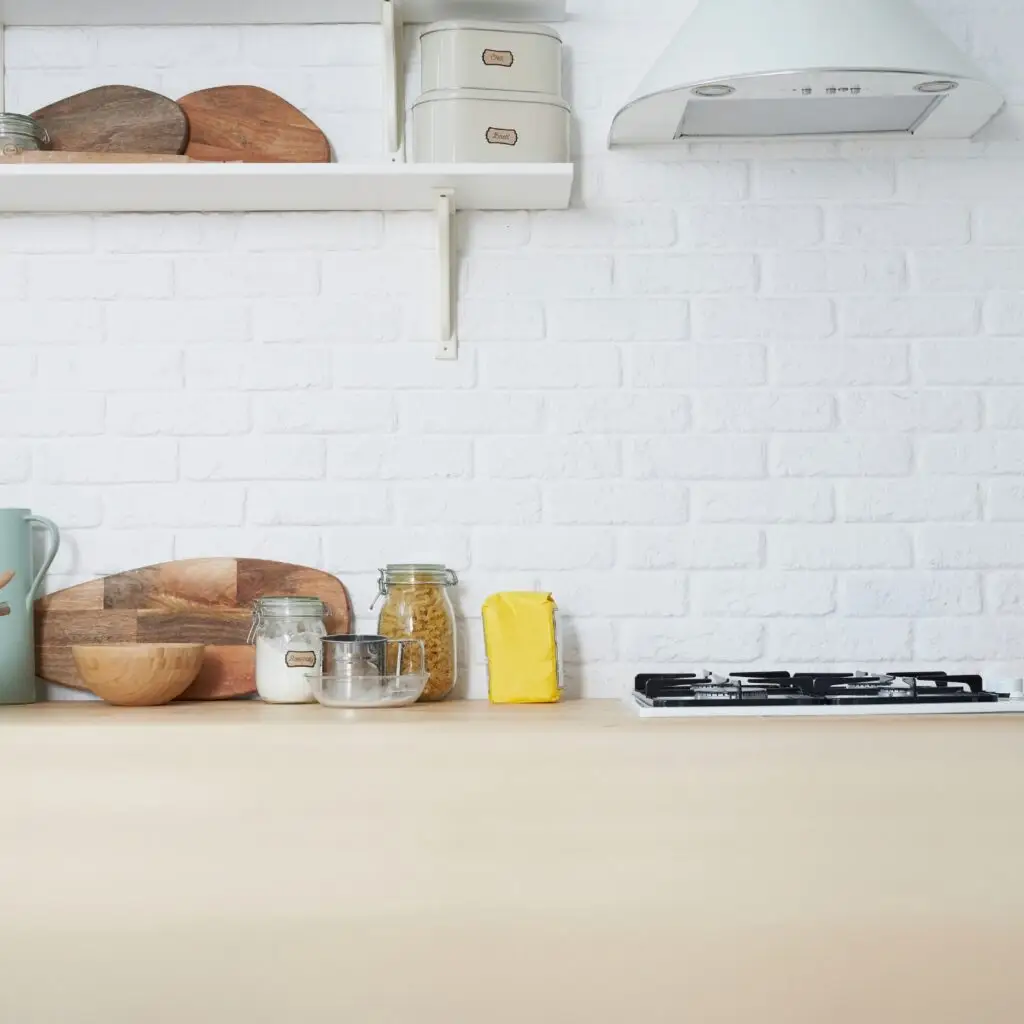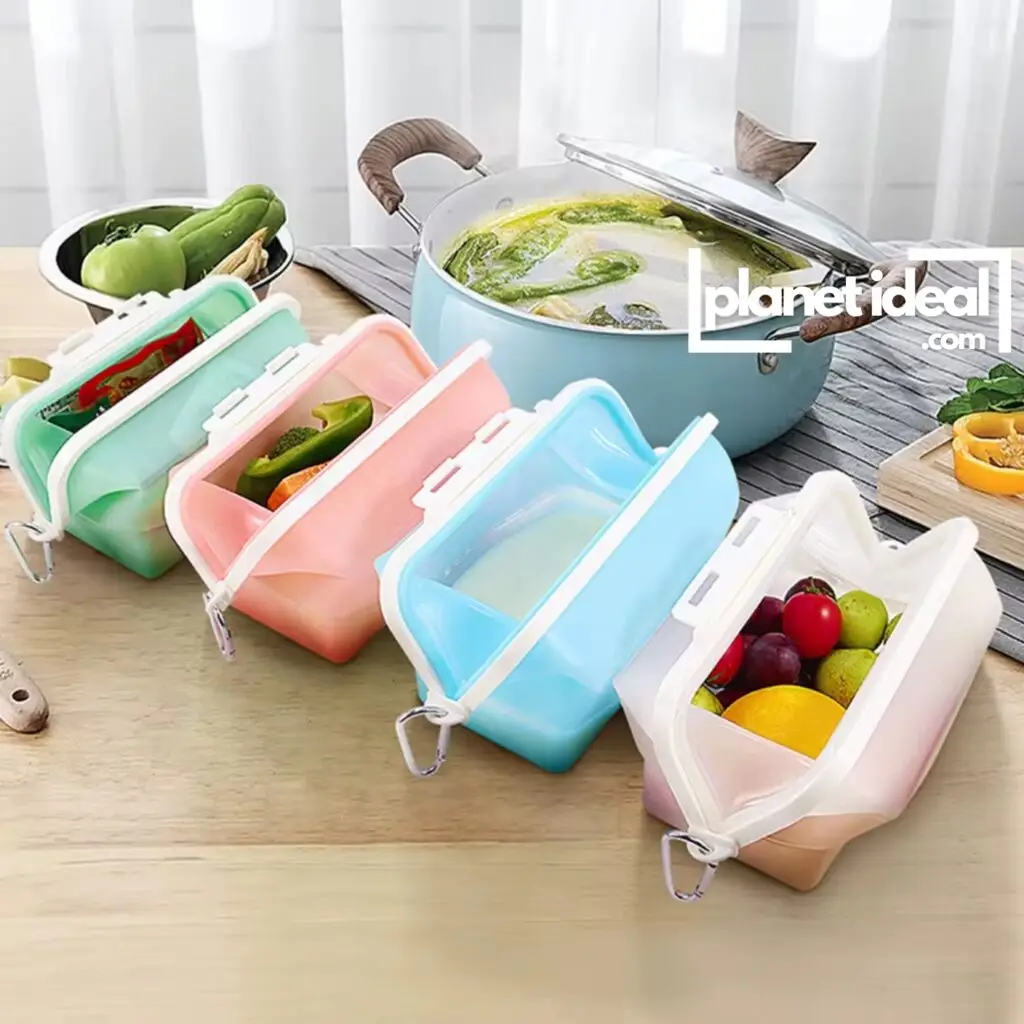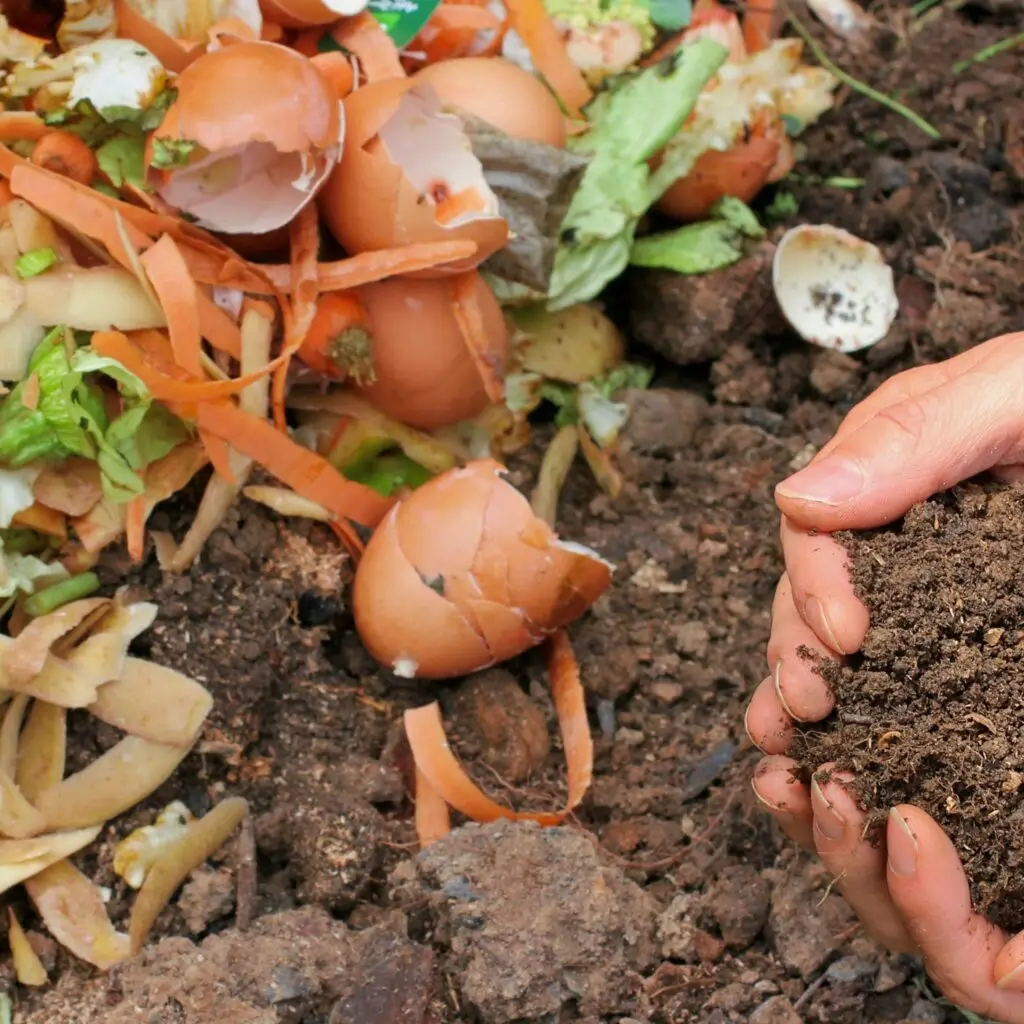Your kitchen is often the heart of your home, but it can also be one of the biggest sources of waste. From single-use plastics to spoiled food, kitchens are often ground zero for environmental inefficiencies. The good news? With a few strategic changes, you can transform your kitchen into a zero-waste haven that’s kinder to the planet—and your wallet.
Here’s your ultimate guide to building a zero-waste kitchen, complete with actionable tips, clever hacks, and sustainable product recommendations.
Table of Contents
Toggle1. What Does “Zero-Waste” Mean?
Zero-waste doesn’t mean producing no waste at all. Instead, it’s about minimizing waste as much as possible and rethinking what we throw away.
Key Principles of Zero-Waste:
- Reduce what you buy.
- Reuse or repurpose items instead of discarding them.
- Recycle only as a last resort.
- Compost food scraps and organic waste.
Pro Tip: Start small by tackling one area of your kitchen at a time.

2. Declutter and Assess Your Kitchen
The first step to going zero-waste is to take stock of what you already have.
Steps to Declutter Sustainably:
- Sort Items: Categorize kitchen tools, utensils, and gadgets. Donate what you don’t need.
- Check Expiration Dates: Organize pantry staples and create meals with items close to expiring.
- Ditch Single-Use Plastics: Replace plastic wrap, baggies, and disposable utensils with reusable alternatives.
3. Invest in Reusable Essentials
Switching to reusables is one of the most impactful ways to reduce kitchen waste.
Zero-Waste Kitchen Must-Haves:
| Item | Why It’s Essential |
|---|---|
| Glass jars | Perfect for bulk shopping and storage. |
| Silicone food bags | Durable and replace disposable plastic bags. |
| Beeswax wraps | Replace single-use plastic wrap. |
| Reusable produce bags | Avoid plastic bags when grocery shopping. |
| Compost bin | Turn food scraps into nutrient-rich soil. |

4. Smart Shopping for a Zero-Waste Kitchen
The way you shop plays a huge role in reducing waste. Here’s how to make smarter, more sustainable choices.
Tips for Waste-Free Grocery Shopping:
- Buy in Bulk: Use your own containers for items like grains, nuts, and spices.
- Shop Locally: Farmers’ markets often use less packaging and support sustainable agriculture.
- Avoid Pre-Packaged Foods: Opt for fresh, unpackaged produce whenever possible.
External Link: Find local bulk stores in your area using Litterless.

5. Cut Down on Food Waste
Food waste accounts for a significant portion of household trash. Here’s how to reduce it in your zero-waste kitchen.
Food Waste Reduction Tips:
- Meal Plan: Plan your meals around what’s already in your fridge or pantry.
- Store Food Properly: Use airtight containers to keep food fresh longer.
- Compost Scraps: Turn vegetable peels and leftovers into compost instead of tossing them.

6. DIY Cleaning Solutions
Traditional kitchen cleaners often come in single-use plastic bottles and contain harsh chemicals. Swap them for homemade, eco-friendly alternatives.
DIY Cleaner Recipes:
| Cleaner | Ingredients |
|---|---|
| All-purpose spray | 1 part white vinegar, 1 part water, and lemon essential oil. |
| Grease cutter | Baking soda mixed with a few drops of Castile soap. |
| Sink deodorizer | Sprinkle baking soda, followed by vinegar, and rinse with hot water. |

7. Cook with a Conscious Mind
Cooking sustainably means thinking about how you prepare meals, what you use, and what’s left over.
Eco-Friendly Cooking Tips:
- Use cast iron or stainless steel cookware instead of nonstick pans with chemical coatings.
- Save vegetable scraps to make homemade stock.
- Opt for energy-efficient cooking methods like steaming or pressure cooking.

8. Track Your Progress
Building a zero-waste kitchen is a journey. Keep track of your progress to stay motivated and refine your efforts.
How to Measure Success:
- Keep a waste journal to monitor what you’re throwing out.
- Set small, achievable goals like reducing waste by 10% each month.
- Celebrate milestones, like eliminating single-use plastics entirely.
At Planet Ideal, we’re on a mission to make sustainable living accessible for everyone. Our team of eco-enthusiasts writes short, snappy, and easy-to-digest articles designed to inspire real change without overwhelming. From practical tips to innovative ideas, we’re here to prove that living green can be stylish, convenient, and enjoyable. Join us as we empower individuals, families, and communities to embrace eco-friendly lifestyles—one step, one story, and one solution at a time.






